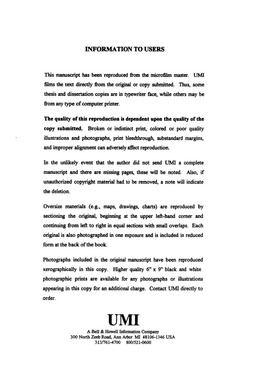| dc.contributor.advisor | Matthews, William J., | en_US |
| dc.contributor.advisor | Gophen, Moshe, | en_US |
| dc.contributor.author | Lienesch, Philip William. | en_US |
| dc.date.accessioned | 2013-08-16T12:29:48Z | |
| dc.date.available | 2013-08-16T12:29:48Z | |
| dc.date.issued | 1997 | en_US |
| dc.identifier.uri | https://hdl.handle.net/11244/5509 | |
| dc.description.abstract | Menidia beryllina do utilize the invading cladoceran, Daphnia lumholtzi, as an additional food source. The increase in D. lumholtzi abundance during the middle of the summer, a period when native zooplankton are scarce, makes it an important food source for M. beryllina during this time. This also corresponds to the period when young-of-the-year M. beryllina are abundant. The large spines on D. lumholtzi have been shown to afford the animal protection from predation by small fishes. Although large M. beryllina are size selective planktivores, small Menidia beryllina selectively feed on the smaller size classes of D. lumholtzi. | en_US |
| dc.description.abstract | The interaction of fishes and zooplankton is dependent on the spatial distribution of the animals in the environment. I measured the daily abundances of fish and zooplankton in the littoral zone of Lake Texoma and tried to correlate them with daily abiotic variables. None of the variables measure explained much of the variation observed in daily zooplankton abundances. Fish responded most strongly to changes in wind related variables, especially wave height, specific responses to the wave height were probably related to availability to food and avoidance of turbulence and predators. | en_US |
| dc.description.abstract | In the early 1990's, Daphnia lumholtzi, an exotic cladoceran, invaded Lake Texoma, OK-TX. This species is large and has a large helmet which has been proposed to defend the animal from fish predation. The introduction of a species into an ecosystem can either benefit, harm, or not affect other organisms in the system. I was interested in what affect this invading Daphnia would have on the most abundant planktivorous fish in the littoral zone of Lake Texoma. I examined the diet of Menidia beryllina, a zooplanktivorous atherinid fish, throughout one year and compared it to the available zooplankton to determine the fish's selectivity for different species of zooplankton (Chapter 1). Next I examined size specific differences in the selectivity of Menidia beryllina with a laboratory experiment and tested the results with data collected from Lake Texoma (Chapter 2). I also examined the effects of daily environmental variability on the abundance of fishes and zooplankton in the littoral zone of Lake Texoma (Chapter 3). | en_US |
| dc.format.extent | xii, 106 leaves : | en_US |
| dc.subject | Biology, Limnology. | en_US |
| dc.subject | Biology, Zoology. | en_US |
| dc.subject | Daphnia Texoma, Lake (Okla. and Tex.) | en_US |
| dc.subject | Zooplankton Texoma, Lake (Okla. and Tex.) | en_US |
| dc.subject | Biology, Ecology. | en_US |
| dc.title | Interactions between fishes and zooplankton, with emphasis on an exotic cladoceran, Daphnia lumholtzi, in Lake Texoma, Oklahoma-Texas. | en_US |
| dc.type | Thesis | en_US |
| dc.thesis.degree | Ph.D. | en_US |
| dc.thesis.degreeDiscipline | Department of Biology | en_US |
| dc.note | Major Professors: Moshe Gophen; William J. Matthews. | en_US |
| dc.note | Source: Dissertation Abstracts International, Volume: 58-05, Section: B, page: 2234. | en_US |
| ou.identifier | (UMI)AAI9733703 | en_US |
| ou.group | College of Arts and Sciences::Department of Biology | |
